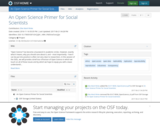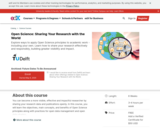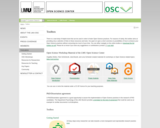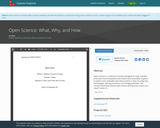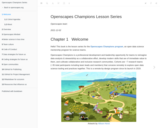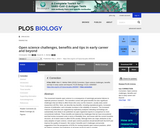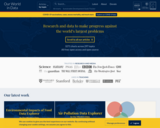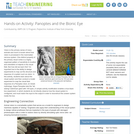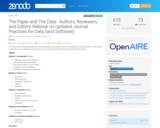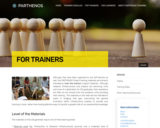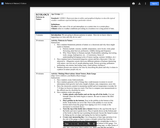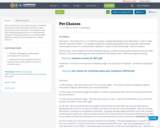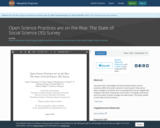
Has there been meaningful movement toward open science practices within the social sciences in recent years? Discussions about changes in practices such as posting data and pre-registering analyses have been marked by controversy—including controversy over the extent to which change has taken place. This study, based on the State of Social Science (3S) Survey, provides the first comprehensive assessment of awareness of, attitudes towards, perceived norms regarding, and adoption of open science practices within a broadly representative sample of scholars from four major social science disciplines: economics, political science, psychology, and sociology. We observe a steep increase in adoption: as of 2017, over 80% of scholars had used at least one such practice, rising from one quarter a decade earlier. Attitudes toward research transparency are on average similar between older and younger scholars, but the paceof change differs by field and methodology. According with theories of normal science and scientific change, the timing of increases in adoption coincides with technological innovations and institutional policies. Patterns are consistent with most scholars underestimating the trend toward open science in their discipline.
- Subject:
- Economics
- Psychology
- Social Science
- Material Type:
- Reading
- Author:
- David J. Birke
- Edward Miguel
- Elizabeth Levy Paluck
- Garret Christensen
- Nicholas Swanson
- Rebecca Littman
- Zenan Wang
- Date Added:
- 08/07/2020
